As reported by EnergySage, 74% of residential solar power customers have an interest in energy storage. And while one can always debate whether expressing interest in a poll will ever turn into actual money being spent, this is not the only data point. In May, Arizona’s Salt River Project Water and Power launched a residential energy storage incentive with 4,500 spots available. With only one month elapsed since then, there are now 2,097 reservations remaining.
This trend appears to be reflected nationally. GTM Research and the Energy Storage Association’s Q1 2018 US Energy Storage Monitor shows 35.8 megawatt-hours (MWh) of grid connected residential energy storage installed in the United States during the first quarter of 2018. But the accompanying graphic speaks for itself.

This 35.8 MWh is equal to what was installed in the prior three quarters. It also represents a 9x increase over Q1 2017, 77% growth over Q4 2017, and 90% of the whole of 2017’s volume.
With residential energy storage systems ranging from 7kWh to 18kWh, it suggests somewhere between 2,000 and 5,100 energy storage system were installed.
Per Brett Simon, senior analyst at GTM Research and project manager for the U.S. Energy Storage Monitor report:
Several residential solar installers already claim storage attachment rates for new solar PV of up to 20 percent in select regions such as southern California, indicating a strong market for loo the technology.
Simon also noted that much of the growth is happening in regions that have changes in solar net metering laws.
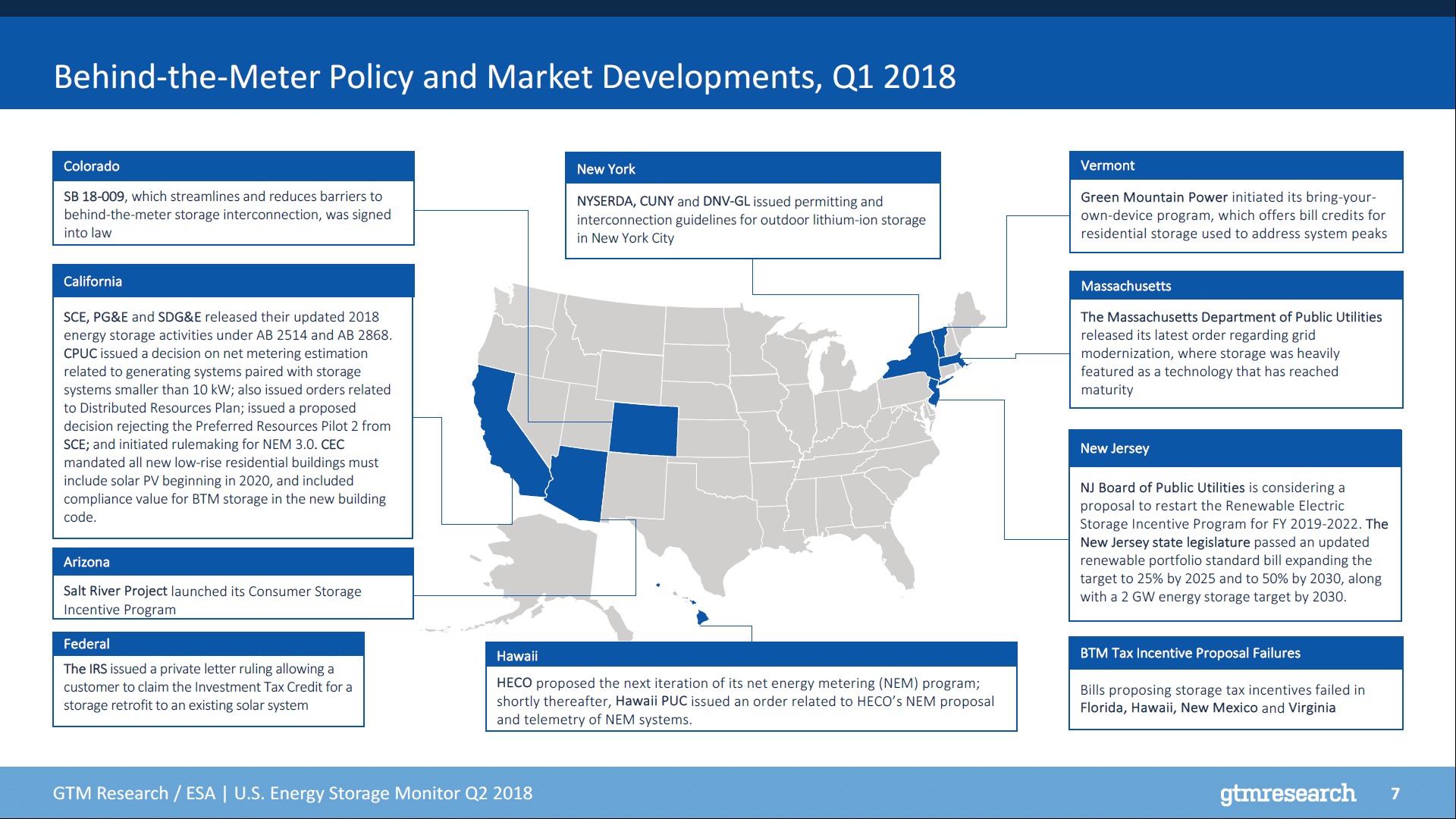
Overall, the report estimates that 126 MWh of total energy storage was installed in the quarter across the country. That number was growth of 26% over Q4 2017 – but a big drop from the big Q1 2017, when storage volumes were inflated by the rollout of battery systems in the wake of the Aliso Canyon gas leak in California.
And along with the raw growth in residential storage, the portion that residential represents is growing, with these systems representing over 28% of all energy storage MWh deployed during the quarter.
Giving a hint to which states states solar installers might want to focus their energy storage sales in next, the report has added Colorado and Nevada to its list of quarterly covered states. These two are in addition to already covered Arizona, California, Hawaii, Massachusetts, New Jersey, New York, PJM territory and Texas.
However, California and Hawaii remain the dominant markets, together representing 74% of the installations. This is driven by policies, including the move to mandatory time of use rates under Net Metering 2.0 in California, along with support for energy storage through the state’s Self Generation Incentive Program (SGIP).
GTM Research forecasts that the United States will pass the milestone of 1 GWh of installed residential energy storage some time in 2020. The company also predicts that from 2017 to 2023 the industry as a whole will grow 17x to an annual value of $4.3 billion.
This content is protected by copyright and may not be reused. If you want to cooperate with us and would like to reuse some of our content, please contact: editors@pv-magazine.com.

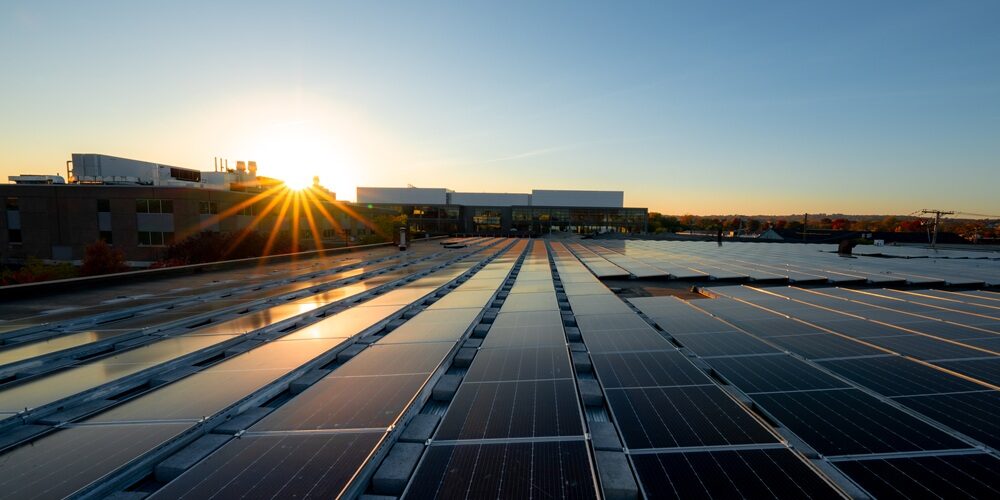

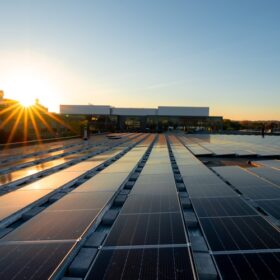

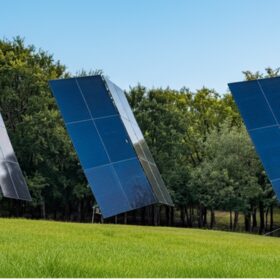

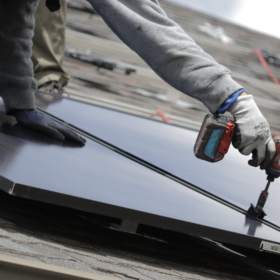
Sure…sounds like a great idea to add a couple of Tesla wall batteries into your house’s electrical system for $14,000… Everyone ought to be able to afford that…until you run out of rich people…